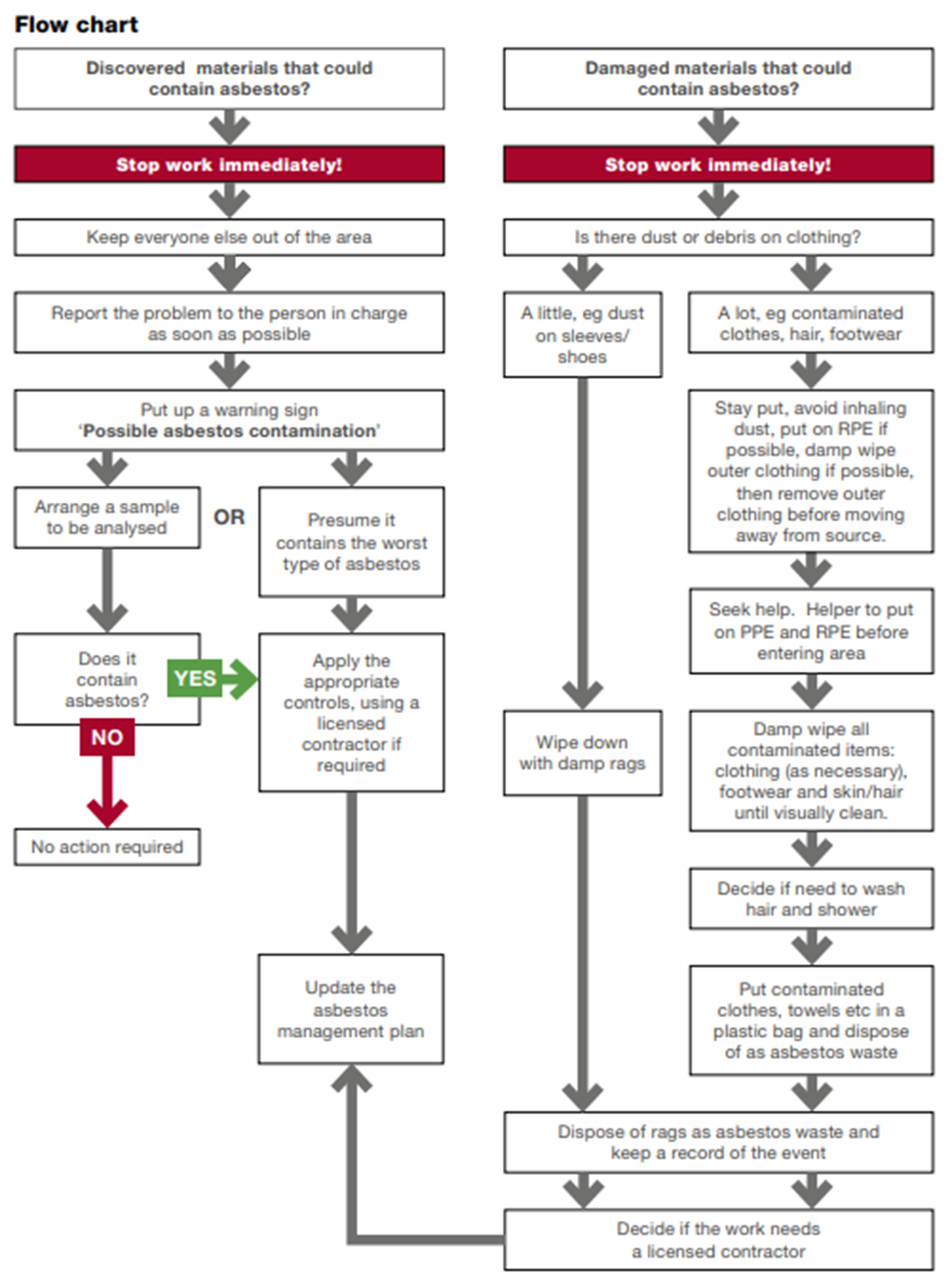Services
Management plans
An Asbestos Management Plan (AMP) is a crucial document that outlines the procedures and strategies for managing asbestos within a building. Following the completion of an Asbestos Survey, the AMP ensures that any asbestos-containing materials (ACMs)—whether identified or presumed—are effectively monitored and controlled. This is essential for compliance with Regulation 4, “Duty to Manage” of the Control of Asbestos Regulations 2012. The AMP not only helps protect the health and safety of building occupants but also ensures your business adheres to legal obligations.
How it works
Comprehensive Asbestos Management Plans
01
Duty Holder Information
The AMP should clearly define who the Duty Holder is—the individual or organization responsible for managing asbestos risks within the property. This could be the building owner, employer, or facility manager. Identifying the Duty Holder ensures accountability and provides a clear point of contact for any asbestos-related concerns or actions.
02
Asbestos Register
The Asbestos Register is a critical part of the AMP. It provides a comprehensive record of all identified or presumed asbestos-containing materials in the building. This register includes detailed information on the location, type, condition, and any associated risks of the asbestos. Keeping this document up to date ensures that all stakeholders are aware of the presence of asbestos and can take appropriate action if necessary.
03
Action Plan
An Action Plan outlines the steps that will be taken to manage and mitigate the risks associated with asbestos. It includes recommendations for maintenance, monitoring, removal, or remediation of ACMs, along with a clear timeline and priorities. This plan is essential for preventing accidental exposure and ensuring the safe handling of asbestos materials when required.
04
Training Schedule
A crucial element of the AMP is a Training Schedule for staff. It ensures that employees, contractors, and anyone else involved in managing or working around asbestos are trained to recognize and handle ACMs safely. Regular training helps keep everyone informed about potential risks and the appropriate measures to reduce exposure.
05
Communication Strategies
Effective Communication Strategies are essential for ensuring all stakeholders—such as staff, contractors, and visitors—are informed about the presence of asbestos and the procedures in place to manage it. This can include signage, internal notices, and regular briefings. Clear communication is key to minimizing risk and ensuring everyone knows how to respond if an issue arises.
06
Contingency Plan
A Contingency Plan outlines the steps to be taken in the event that asbestos is disturbed or an emergency arises, such as accidental exposure. This plan should include protocols for isolating affected areas, notifying the appropriate authorities, and taking immediate action to minimize exposure. Having a well-defined contingency plan in place helps reduce the potential for harm and ensures quick and effective action in emergencies.
07
Emergency Arrangements
Finally, the Emergency Arrangements section of the AMP should provide details on what to do in case of an asbestos-related emergency. This includes the procedure for evacuating affected areas, contacting emergency services, and activating the contingency plan. It should also outline the process for informing regulatory bodies and ensuring that all legal requirements are met in the aftermath of an incident.
Compliance Starts Here
Your asbestos compliance is in safe hands. At Crusader Risk Management, we don’t just assess risk—we actively manage and mitigate it, ensuring your business stays safe, compliant, and fully operational.
